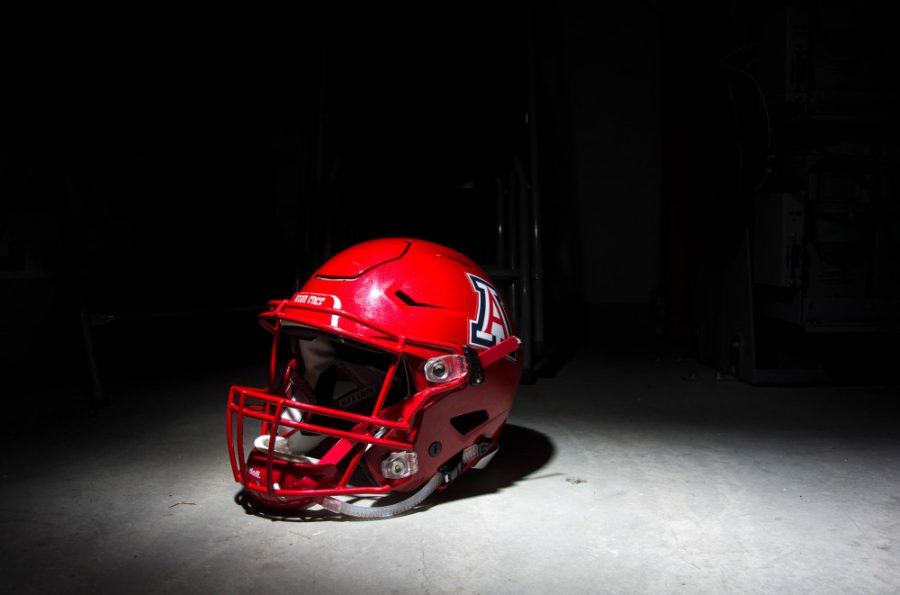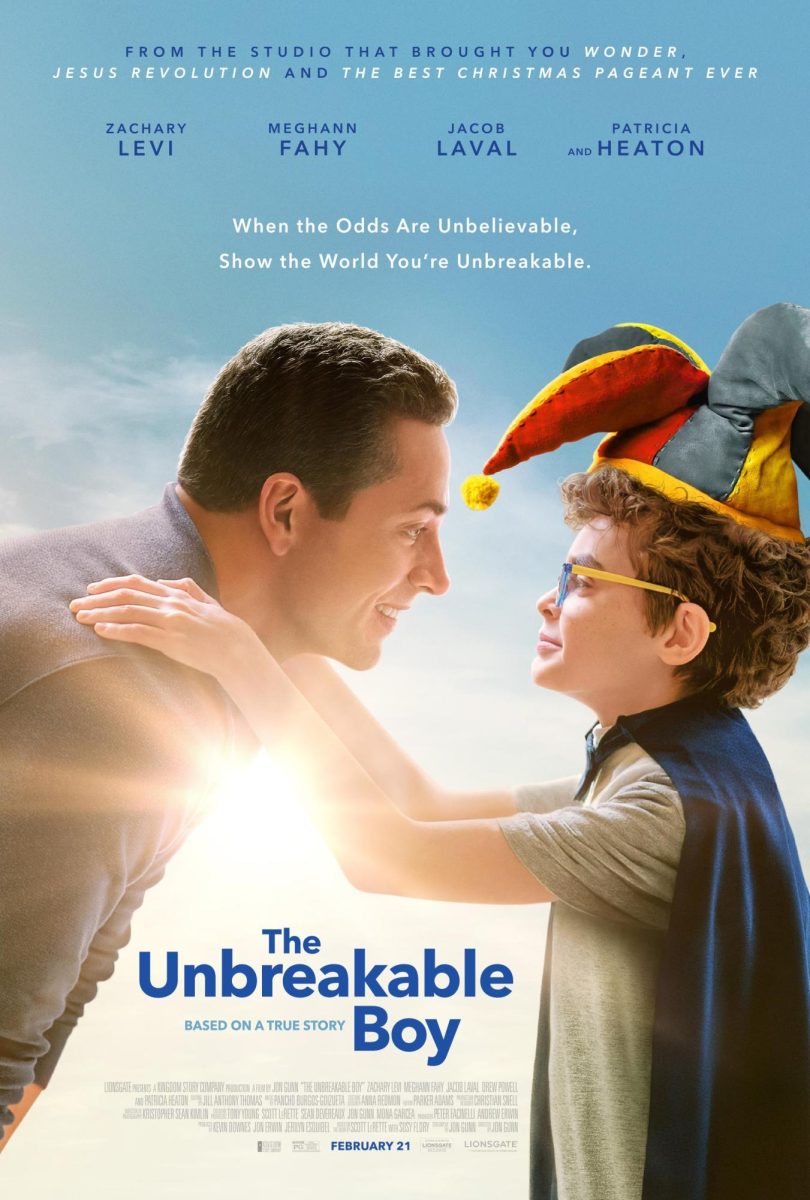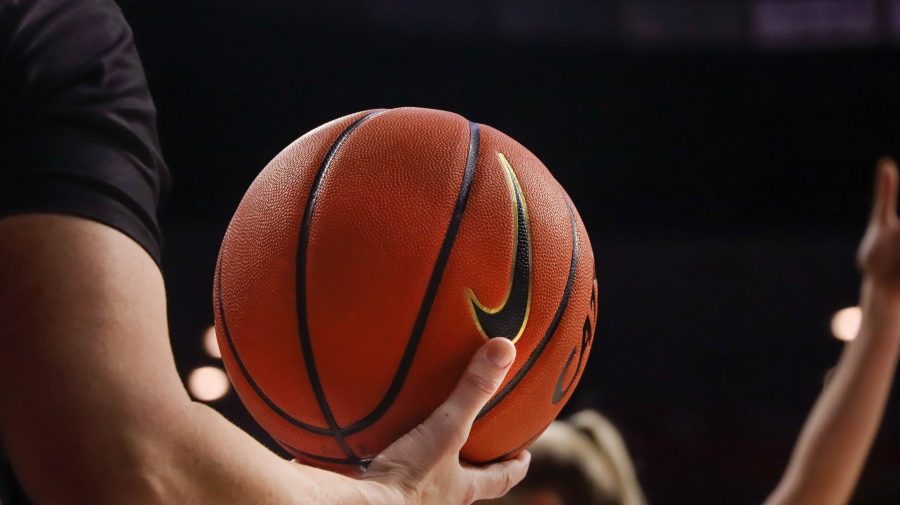Provost Andrew Comrie and Chief Financial Officer Gregg Goldman recently circulated an announcement that university administration will effectively close on the afternoon of the football game against Utah and suggested that faculty “may opt to adjust their class schedules or course content” so as to “showcase and demonstrate our university spirit.”
I am disconcerted by the administration’s connection of “university spirit” with support of its most violent and dangerous sport. The large and growing body of data on the hazards of playing football is emphatic. High-impact field positions all but assure some brain damage, whose effects range from chronic headaches to total disability, psychosis and death.
“Concussions at all levels of football are a tremendous problem as of 2011,” wrote the Livestrong Foundation. “Among college football players, 34 percent have had one concussion and 30 percent have had two or more concussions. As the University of Pittsburgh Department of Neurological Surgery reports, if you have a second concussion, even a minor one, soon after the first concussion, you might die. A total of 26 deaths, most occurring since 2000, are attributed to ‘second impact syndrome.’”
“A total of 26 deaths, most occurring since 2000” — so much for the theory that we can make the sport safer. And the younger you are, the more dangerous the game. This week, the New York Times reported that athletes who began playing tackle football before the age of 12 had more behavioral and cognitive problems than those who started later. “Schools across the country have shut their tackle football programs because of safety concerns and a shortage of players. …” the Times wrote. “Pop Warner [the national organization promoting youth football] is facing a class-action lawsuit asserting that it knowingly put players in danger by ignoring the risks of head trauma.”
Evidently, elementary and high school administrators are more courageous, or at least more practical, than the University of Arizona leadership. Every day of practice, every time they field a team, university administrators are risking multi-million-dollar damages, since there’s no way they can claim not to have been aware of the data.
But the football program brings so much to the UA — or such was the argument of Interim Athletics Director Erika Barnes last spring, in justifying a new, mandatory, $100-per-undergraduate student athletics fee. Doesn’t glory always come at a price?
In fact, a 2015 study by the Chronicle of Higher Education revealed that almost all college athletic programs receive substantial subsidies with smaller, under-capitalized universities paying the highest price. The good news is, at $7.9 million, the subsidy for athletics at the UA is relatively modest — 7.9 percent of our athletics budget, compared to 13.5 percent for ASU and 78.5 percent for NAU. By way of comparison, in its 2017 budget, the Arizona Board of Regents provided $9.5 million to address the woeful state of faculty salaries, rated 15th among its 15 peer institutions, those being the first merit raises provided in years.
At the beginning of the current season, Ed Cunningham, ESPN broadcaster, former captain of the University of Washington’s 1991 title-winning team and player with the Arizona Cardinals, announced his resignation because he could no longer support the trauma the sport was causing.
“I don’t currently think the game is safe for the brain,” Cunningham told the Times. “And, oh, by the way, I’ve had teammates who have killed themselves. [Arizona Cardinals teammate] Dave Duerson put a shotgun to his chest so we could study his brain.”
I’m a rabid basketball fan and an amateur jock. But, Cunningham’s courage in speaking the truth presents an example and a challenge to the UA administration, which declined an invitation to comment for this piece.
Given the unequivocal evidence of the data, does this Research I university lead or follow? And what are the costs, in money and in the lives of our athletes, of hanging behind?
Fenton Johnson is a professor in the UA creative writing program and author most recently of “Everywhere Home: A Life in Essays.”









